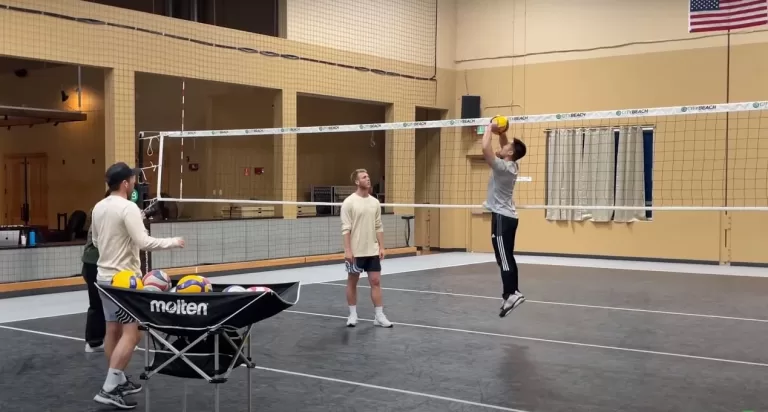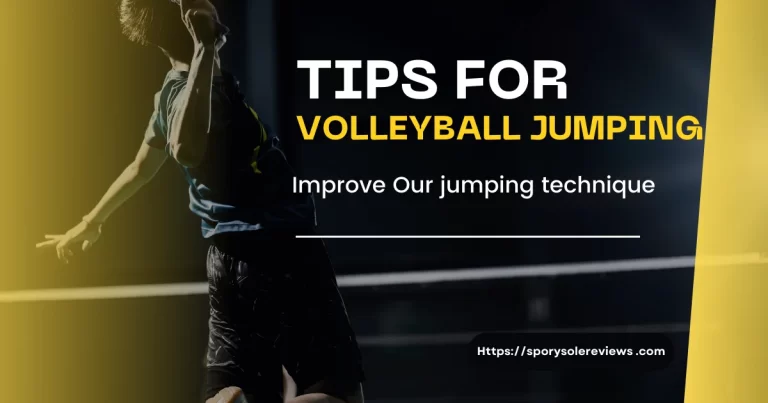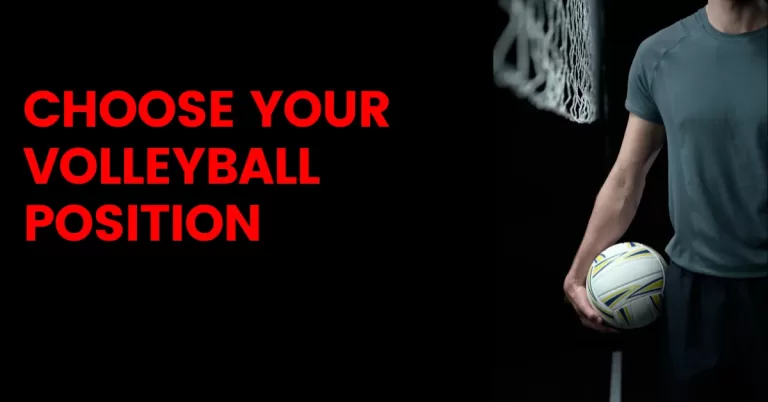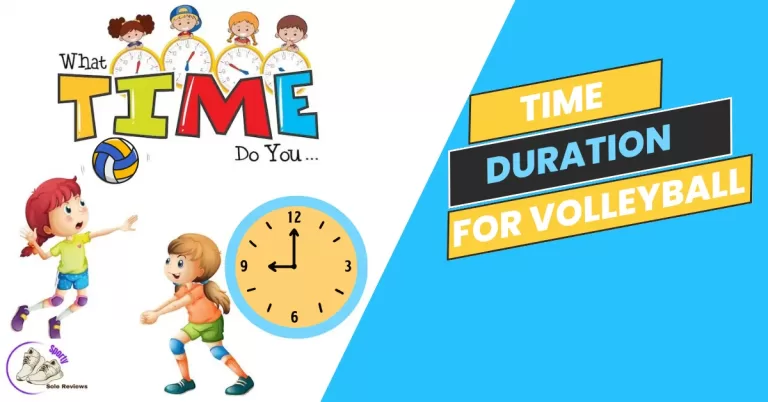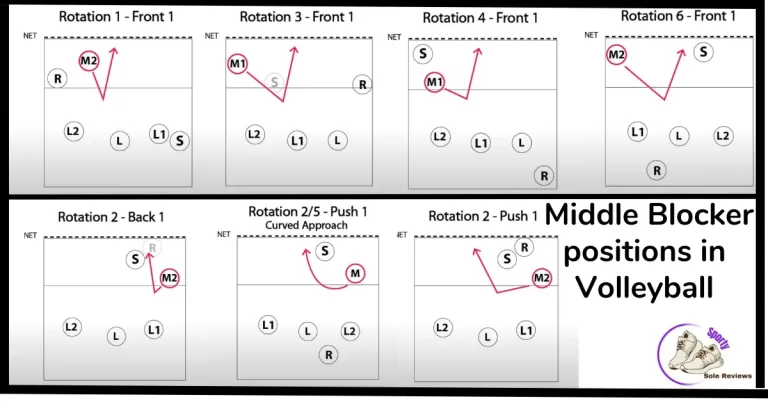Volleyball Court and Net Dimensions Guidelines
As a volleyball player, I know that the dimensions of the volleyball court and net play a pivotal role in ensuring fair play and safety in the sport. The precise court dimensions are fundamental, with an indoor court measuring 9 meters by 18 meters, while the beach variant spans 8 meters by 16 meters. Equally crucial is the net’s height, set at 2.43 meters for men and 2.24 meters for women, contributing to equitable competition.
Volleyball Court and Net Dimensions
| Item | Measurement |
|---|---|
| Length of Volleyball Court | 18 meters (59 feet) |
| Width of Volleyball Court | 9 meters (29.5 feet) |
| Height of Volleyball Net (for Men) | 2.43 meters (7 feet 11 5/8 inches) |
| Height of Volleyball Net (for Women) | 2.24 meters (7 feet 4 1/4 inches) |
| Antenna Length | 1.8 meters (5 feet 11 inches) |
| Distance from Net to End Line | 3 meters (9 feet 10 inches) |
| Distance from Net to Attack Line (10-foot line) | 3 meters (9 feet 10 inches) |
| Center Line Width | 5 centimeters (2 inches) |
Table of Contents
Volleyball of Court Dimensions
Volleyball, a beloved sport known for its dynamic gameplay, demands precision in court dimensions. In light of my experience, I try to explain to you the volleyball court and net dimensions, which are crucial for players and enthusiasts alike.
length and width of the court
- Standard measurements for indoor and beach volleyball courts differ subtly. An indoor court spans 18 meters (59 feet) in length and 9 meters (29.5 feet) in width, while a beach court measures 16 meters (52.5 feet) by 8 meters (26.2 feet).
- The primary distinction lies on the surface. Indoor courts are solid, while beach courts are granular. This disparity impacts player movements and strategies.
Boundary Lines
- Boundary lines are pivotal, defining the court’s limits. Sidelines run the length, and end lines span the width, enclosing the playing area.
- Sidelines measure 5 centimeters (2 inches) in width and run parallel to each other, while end lines are also 5 centimeters (2 inches) wide and perpendicular to the sidelines.
Attack Line (10-Foot Line)
- The attack line, also known as the 10-foot line, is located 3 meters (10 feet) from the net. Its role is to demarcate the area where back-row players must initiate their attacks.
- For strategic plays, understanding the attack line’s positioning and its distance from the net is crucial in determining the success of offensive moves.
Net Dimensions
Volleyball net dimensions are standardized to ensure consistency and fairness in the game of volleyball. The dimensions of a volleyball net are regulated by both international and domestic governing bodies, such as the International Volleyball Federation (FIVB) and USA Volleyball, to maintain uniformity across all levels of play.
Height of the Net
The net’s elevation varies across men’s, women’s, and junior volleyball. For men’s games, it stands tall at 7 feet 11 5/8 inches (2.43 meters), while for women, it’s set at 7 feet 4 1/4 inches (2.24 meters). Juniors face a net height adjustment according to their age group.
Net height isn’t just a technicality; it wields a significant influence on gameplay and strategy. A higher net challenges attackers, demanding more precision and power. Conversely, a lower net allows for quicker, tactical plays, making it easier to execute dinks and drops.
Net Width
The Regulation Net Width is a standardized 29 feet 6 inches (9 meters) for indoor volleyball, ensuring uniformity in the game’s fundamental aspects. Maintaining this width is paramount for fair competition. However, beach volleyball, with its distinctive charm, has a narrower net, typically 26 feet 3 inches (8 meters).
Net width variations also exist within indoor volleyball, adjusting based on the level of play. Professional matches employ a narrower net, fostering intense rallies, while amateur leagues opt for a slightly wider net to accommodate less experienced players.
Net Tension and Materials
The materials used in volleyball nets encompass a blend of nylon, polyester, and steel cables, carefully engineered to withstand the rigors of the game. The net’s integrity hinges on the precise tension applied to it. Proper net tension ensures fair play, preventing sagging that could disrupt the trajectory of the ball and maintaining the integrity of the volleyball court and net dimensions.
Net antennas and their dimensions
Slender, rod-like extensions, measuring 1.8 meters in length and positioned near the outer edges of the net, serve as a visual demarcation, establishing the boundaries of the court with precision.
Definition of Antennae
Antennae are essentially the volleyball court’s sentinels, akin to the goalposts in soccer. Their primary function is to discern the legality of plays by determining whether a ball has crossed the net within or outside the court’s confines. This visual aid helps referees and players alike make swift and accurate judgments.
Length and Placement
The standard dimensions of these antennae are meticulously specified by the International Volleyball Federation (FIVB). Their placement, extending 80 centimeters above the net, is consistent across all levels of play. The precise positioning ensures that these antennae are an integral part of the court, leaving no room for ambiguity.
These antennae, often crafted from lightweight materials like fiberglass or carbon fiber, not only define the court’s limits but also aid in resolving disputes regarding in-and-out calls. When the ball grazes the antennae, it’s unmistakably an out-of-bounds play, leaving no room for debate.
Volleyball Court Accessories
Volleyball is a popular sport enjoyed by millions of people around the world. Whether played casually on the beach or competitively in a professional setting, the game’s appeal lies in its simplicity and the sense of camaraderie it fosters.
Centerline and Center Markings
The centerline stands as a crucial element, dividing the court into two symmetrical halves. Its primary purpose is to delineate the boundary between opposing teams, ensuring fair gameplay. The volleyball court and net dimensions are precisely configured to accommodate this pivotal feature.
The centerline markings, rendered with precision, measure 5 centimeters in width and stretch from the baseline to the net. This unmistakable demarcation fosters organized play, dictating where players should position themselves during rallies. It is the line that separates the frontcourt from the backcourt, governing players’ movements and actions.
Attack Line (3-Meter Line) in Beach Volleyball
The attack line, also known as the 3-meter line, assumes distinctive significance. This boundary marks the limit beyond which back-row players can leap for an attacking hit. Here, the volleyball court and net dimensions undergo a unique adaptation.
The beach volleyball attack line lies farther from the net compared to indoor volleyball, set at precisely 3 meters. This elongated distance adds a layer of strategy, demanding precise judgment from players when deciding when to execute a powerful spike. It accentuates the dynamic nature of beach volleyball, setting it apart from its indoor counterpart.
Safety Zones and Clearance
In the quest for player safety, the concept of safety zones and adequate clearance around the volleyball court cannot be overemphasized. Beyond the volleyball court and net dimensions, these peripheral spaces play a critical role in preventing injuries.
Conclusion
As a passionate volleyball player, I can’t stress enough the significance of adhering to the Volleyball Court and Net dimensions. These measurements aren’t just technicalities; they’re the backbone of a thrilling and equitable game. A court that’s precisely 18×9 meters and a net set at the right height ensures that every serve, spike, and block is a true test of skill. It’s where the magic happens, and where players can truly shine.
What are the official volleyball court and net dimensions?
The standard dimensions for a volleyball court are 18 meters in length and 9 meters in width, with a net height of 2.43 meters for men and 2.24 meters for women.
Why is it crucial to adhere to these court and net dimensions?
Adhering to these dimensions ensures a level playing field and promotes fair competition. It also ensures that the game remains consistent and enjoyable for all players.
Are there any variations in court dimensions for different levels of play or beach volleyball?
Yes, there are variations for beach volleyball, which has slightly smaller court dimensions. Additionally, some recreational or non-standard games may use different dimensions, so it’s important to clarify the rules before playing.
How can I accurately measure and set up a volleyball court and net for a game?
To ensure accuracy, use a measuring tape and stakes to mark the court boundaries. Use an official net with adjustable height features and a net tensioning device to set up the net correctly.
What happens if the court and net dimensions are not followed during a game?
Failure to adhere to the official court and net dimensions can result in penalties or forfeits, depending on the level of play and the rules in place. It’s essential to maintain these dimensions for the integrity of the game.


